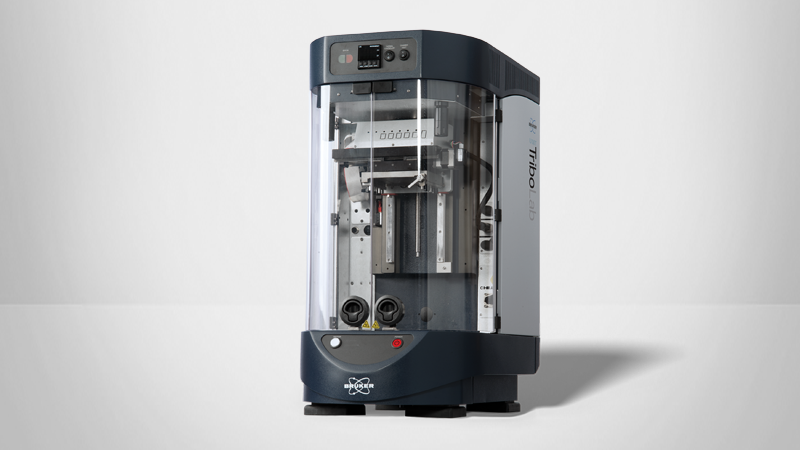Three point bending test
Why to carry out the three point bending test?
Bending of the modulus of elasticity (that is, the bending modulus), stress-strain behavior and the failure limit bending through the simple model of three point bending test can be obtained.ASTM D790 or ISO 178 covers plastic bending properties;The characteristics of ASTM E855 for flat metal spring material;ASTM C1684 or C1161 cover ceramic three point bending test.
In three point bending test, the sheet or plate convex in a state of tension, the outer fiber under the maximum stress and strain.When strain or elongation than material limit, failure will occur.
Three point bending test can be used to determine the fracture toughness.In this case, will use the engraved samples, and can follow the ASTM E - 1290 or ISO12135 procedure.Can comply with ASTM D7774 obtain fatigue characteristics.Can be used for medical applications, ASTM F2606 to balloon expanding stent and support system for three point bending test.
Easy to use three-point bending test instrument
Brooke'sUMT TriboLabCan be equipped with easy to use 3 point bending module, to evaluate the performance of laminated board and board.The test can run under the load displacement control mode.
The use of acoustic emission in three point bending test
In the case of composite materials, before the total sample failure, due to laminated between fiber and matrix may be down.Although this can sometimes see in the stress strain curve data, but can also use acoustic emission (AE) sensors, and higher sensitivity.Therefore, failure criteria can be defined as optical fiber layer or damaged first indicates the start or higher, major AE signal to a specific predefined AE level.
Optional AE sensor can be used to evaluate multiple composite research field, including the fiber surface activation, surface roughness of substrate wetting chemical and fiber properties.
